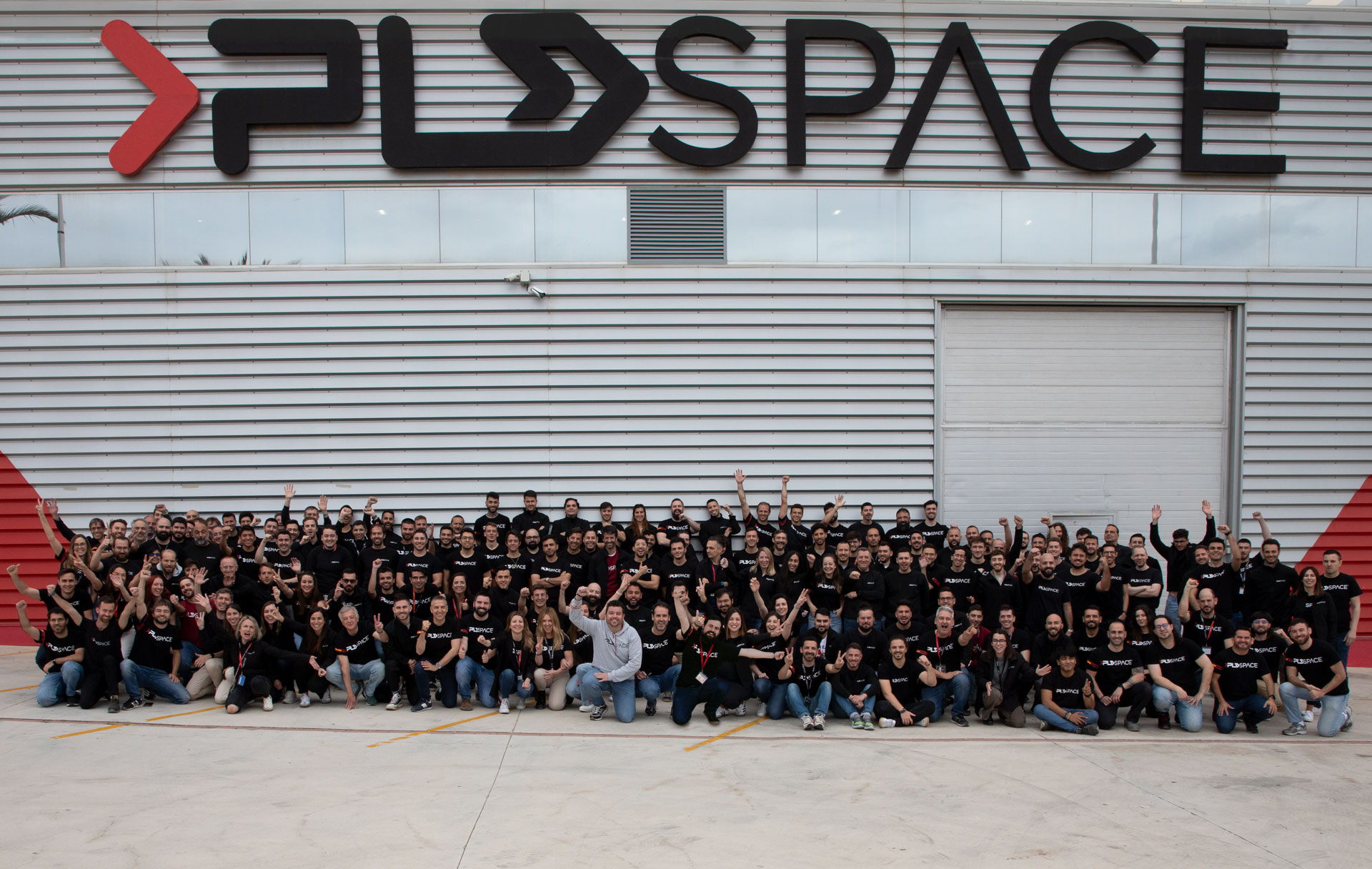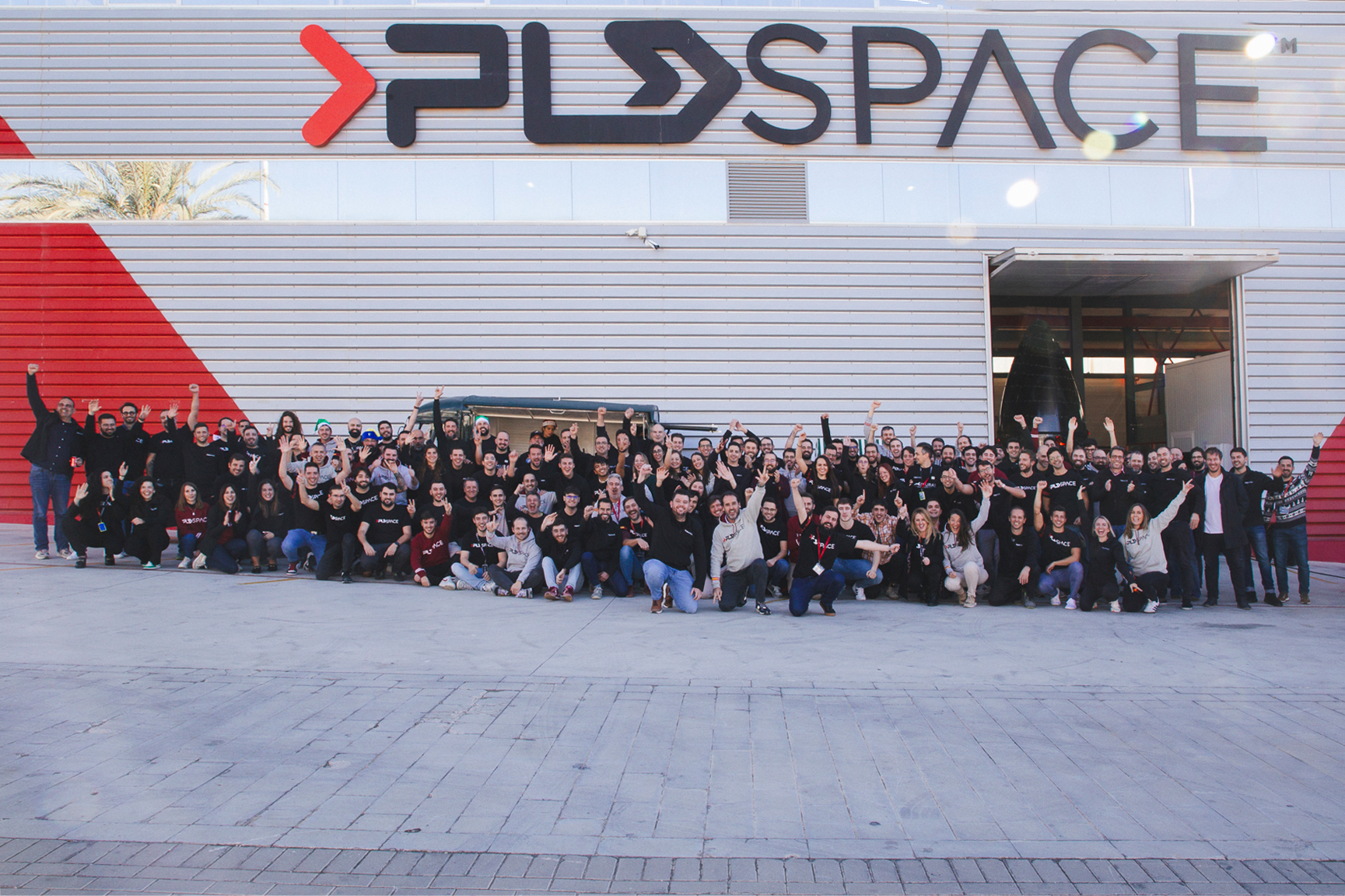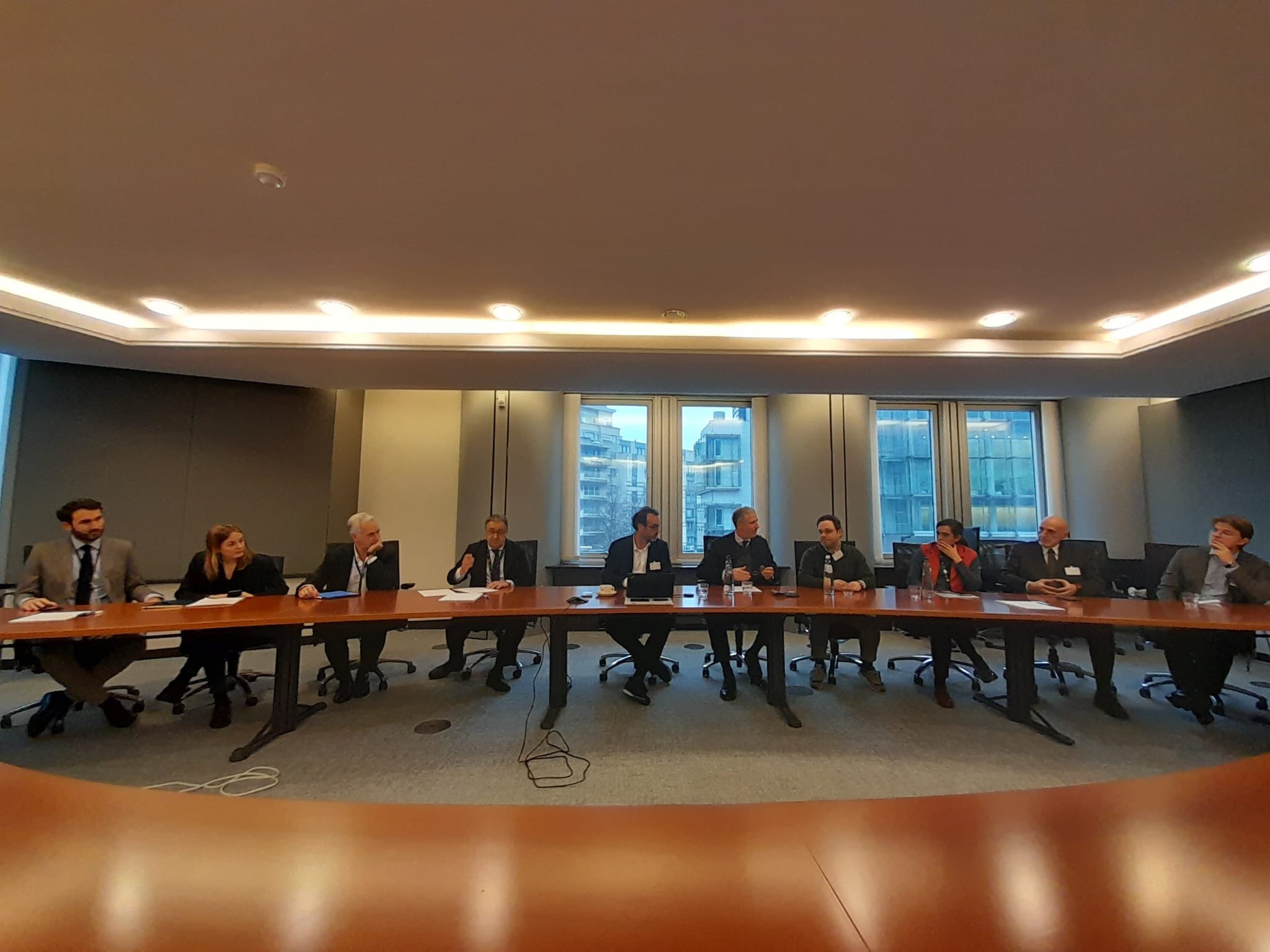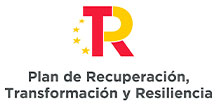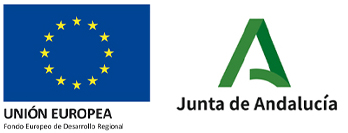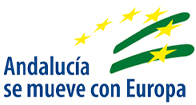
- The ESA Future Launchers Preparatory Programme (FLPP) secures Europe’s autonomous access to space at affordable costs by supporting the early-stage development of new technologies required for future space transportation solutions.
- This project will focus on studying the hypersonic and supersonic phase of the rocket’s re-entry to the atmosphere.
- The study prepares a second phase to fund the launch of a MIURA 5 from Europe’s Spaceport in French Guiana to demonstrate re-entry technologies and strategies in a real-world scenario.
The new project by PLD Space and the European Space Agency (ESA), known as Liquid Propulsion Stage Recovery 2 (LPSR 2), is a continuation of the previous contract awarded by ESA to PLD Space in 2017. This contract is part of ESA’s Future Launchers Programme and focuses on the study of re-entry trajectories and configurations for the safe descent of stage one of MIURA 5, which will be launched from Europe’s Spaceport in French Guiana. The €1M in financial support from ESA will enable PLD to study a series of optimised trajectories, in terms of viability and of safety for recovery of an initial liquid propulsion stage, of MIURA 5 after its launch from Europe’s Spaceport, in an attempt to reduce the current distance covered by this stage from around 700 km to less than half, or even returning the booster to the launch pad.
To undertake the programme, PLD Space will conduct an exhaustive review of the ground and launch operations regulations in French Guiana, a European spaceport coordinated by the French Space Agency, CNES. The company from Elche will also study three main re-entry scenarios as part of the contract:
- Propulsive braking on re-entry to reduce the horizontal distance the rocket travels from the launch pad, estimated at around 700 km.
- Propulsive braking and change of trajectory to reverse and attempt to land offshore of the spaceport or attempt a landing on a platform near the launch base.
- Optimised ascent for stage one in an attempt to reduce the parabolic flight of the rocket once separated from stage two.
Moreover, different technologies that might be useful for the successful re-entry of stage one of the MIURA 5 rocket will also be studied:
- Propulsion: technologies and processes to control the thrust of the engines during re-entry.
- Structures: manufacturing and reusability of a full-size fuel tank with its fatigue cycles.
- Avionics: reusability in the MIURA 5 flight environment of the avionics developed for MIURA 1.
Certain technologies that might be implemented in the reuse of the liquid propulsion booster after landing will also be analysed. In keeping with this, the experience acquired during the initial FLPP-LPSR project will be taken into account, during which a drop test was performed with the demonstrator of stage one of MIURA 5. This previous project, which was successfully completed in 2019 at the INTA El Arenosillo Test Centre (CEDEA) with the support of the Army (lending a Chinook CH-47 helicopter for the trial), was also supported by the European Space Agency (ESA) and coordinated through the Centre for the Development of Industrial Technology (CDTI).
FLPP-LPSR2 will implement atmospheric descent using the dynamics and parachute data of the previous project. This will allow for the study and design of an initial technology demonstrator for stage one in a reusable configuration. However, PLD Space expects this first rocket launched to be disposable because of the technological and operational complexity behind the re-entry dynamics of a space rocket. “Like a meteorite, atmospheric re-entry is an aggressive environment that damages structures and other subsystems such as propulsion,” explains Raúl Torres, CEO and co-founder of PLD Space. “Thanks to this new contract with ESA, we are looking forward to progressing in the study of re-entry and braking of the rocket stage under hypersonic and supersonic conditions. What is more, we are going to implement certain technologies previously used in MIURA 1 to validate them in an aerodynamic braking environment in supersonic conditions, which could provide a lot of information for their later application in MIURA 5. In fact, parachute braking only allows us to reduce the speed from about 170 metres per second to around 10 metres per second. In fact, braking via parachutes only allows a reduction in velocity from around 170 m/s to around 10 m/s, the bigger problem (~) is how to brake from hypersonic and subsonic conditions to a subsonic velocity at which the parachutes can function, without damaging the structure or the rocket engine at splashdown,” Torres says.
During the design phase of this demonstrator, consideration will be given to whether or not the current proposal of MIURA 5 for the 2024 flight would be successful in its re-entry. This project would bear in mind any additional improvements required. Therefore, if everything goes according to the plans of PLD Space and the LPSR2 project, a second phase of this study would allow for a version 2.0 (block 2) of MIURA 5 to be placed on the launch pad with the necessary technologies for its successful re-entry and recovery.
